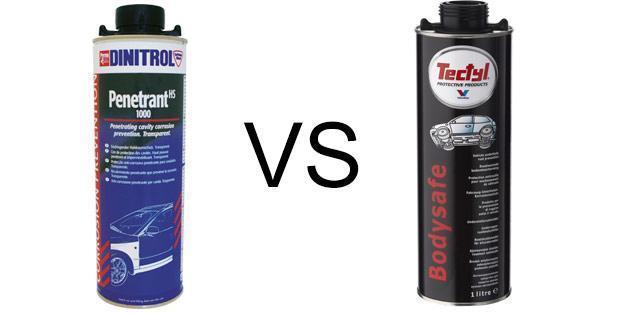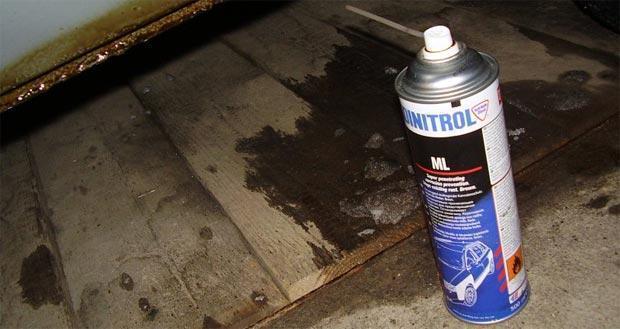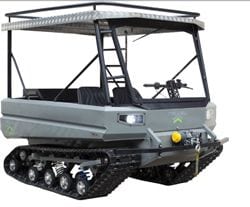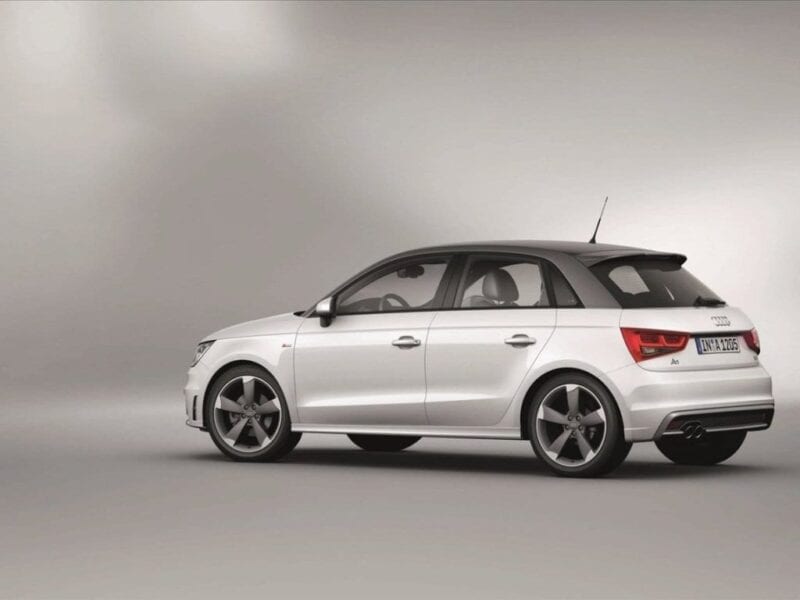
Tektil or Dinitrol. What's better?
How will we compare?
A rigorous testing strategy has been developed by experts in the field. The following indicators should be assessed:
- Influence of physical and chemical characteristics on the protected metal surface.
- The operational stability of the applied anticorrosive, moreover, in various operating conditions of the car.
- Hygiene and safety.
- Breadth of the spectrum of action: what additional benefits the user receives.
- Price.
- Ease of processing problem parts and assemblies (naturally, not at the service station, but under normal conditions).
When testing, the availability of the agent and the need to use any additional drugs that enhance the effectiveness of anticorrosive are also taken into account. The areas of optimal application were the underbody of the car and the hidden cavities of the body, which are most often not washed by traditional methods (and, moreover, they are not completely dried). As a standard, a sheet of thin-sheet steel grade 08kp was taken, which was successively exposed to fine salt fog, abrasive chips and periodic temperature fluctuations - from -150C to + 300C.


Textile
Since the range of drugs from Valvoline is extensive, Tectyl ML and TectylBodySafe were tested. The compositions are positioned by the manufacturer as substances intended to protect hidden cavities and the bottom, respectively. Under the described conditions, their performance and efficiency is approximately equally high. At the same time, TectylBodySafe in some experiments lags behind the protected surface somewhat, but still does not allow corrosion. For its part, Tectyl ML has all the results much better than its competitors, with the exception of one position - the conversion of existing rust into a loose mass that could be easily removed from the parts yourself.
The experts also noted the excellent external condition of the protective film, the absence of an unpleasant odor, as well as 95% resistance to mechanical shock (although slight waviness on the surface of the film is still noted).


Bottom line: both types of anticorrosive top the efficiency rating. The situation is somewhat spoiled by the price of drugs, and a strong recommendation is by no means to use them in conjunction with auto chemicals from other manufacturers. In addition, focusing on Tectyl, the car owner must understand that he will have to work with two drugs at once, since Tectyl ML and TectylBodySafe are not interchangeable.
Dinitrol
In order to protect the metal in hard-to-reach places on the bottom, two compositions were tested - Dinitrol ML and Dinitrol-1000. Both anticorrosives coped with most of the tasks set, and in terms of the rust conversion parameter, Dinitrol ML even outperformed Tectyl ML. However, Dinitrol-1000 completely recouped the sensitivity to salt fog: it absorbed it without any consequences for the protected metal! After the control surface treatment, there were no salt residues on the film formed from Dinitrol-1000 at all. For Dinitrol ML, this figure was 95%.


The compositions of Dinitrol Car and Dinitrol Metallic, intended to protect the bottom, behaved much worse. The applied films turned out to be sensitive to low temperatures, and began to peel off at -150C. Poor results also gave a test for the resistance of the film to bending stresses and resistance to mechanical stress. In a salt atmosphere, the Dinitrols performed better, but not enough to outperform their competitors from Valvoline.
Thus, the question - Tectyl or Dinitrol: which is better - is quite clearly resolved in favor of Tektyl.


Watch this video on YouTube

